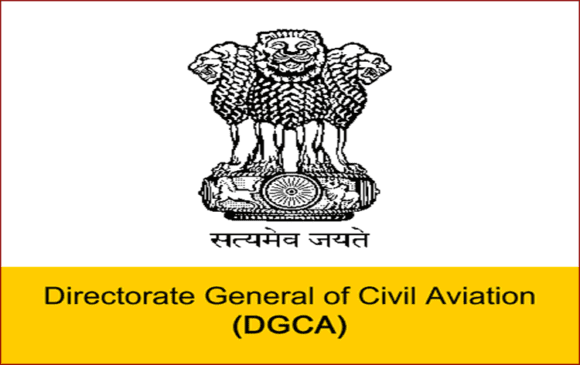The promise of moving an aircraft on the ground without its engines running dates back to 2004, when Boeing Phantom Works worked with a start-up that became known as Wheeltug. So the idea is not as new as many think. The term etaxi describes the movement of an airplane using APU-powered electric motors attached to its wheels.
In 2005 Wheeltug performed its first demo using an Air Canada 767.
After that things went quiet for a long time. Then in 2010 Wheeltug did another series of demos in Prague using a 737NG.
Although it was quiet, other firms started entering the space. L3, Crane, Honeywell and SAFRAN are all big names in aerospace. These companies started to work with airlines (which were being hammered by spiking fuel costs) to see just how much fuel could be saved. If a typical taxi time at a large hub is 20 minutes, even running on one engine, a single-aisle airplane is burning nearly $1,000 of fuel (@$4/gallon). For an airline like Lufthansa, with 151 single-aisle planes flying each day, moving to an etaxi solution could save it over $150,000 in daily fuel costs or over $55m per year. No surprise then that Lufthansa participated in this 2011 test.
In Germany DLR (German Aerospace Centre) undertook an etaxi trial using a fuel cell on an A320 in Hamburg. This test is important because it is the second example after Wheeltug that shows the nose wheel can be used. All the other trials have been main wheel focused. Jumping to more recent era, Wheeltug did another series of demos in Prague in 2012 using a 737.
Single-aisle aircraft are not only the largest fleet types worldwide, they are also the planes that spend the most time taxing since they typically do 5-8 turns per day. That is a lot of taxi time. The Honeywell/SAFRAN consortium estimates a single aisle aircraft spends 2.3 hours daily taxiing. That is roughly 138 minutes at $6,600 per day in fuel burn on one engine per plane.
However it seems the Lufthansa experiment has lost its momentum. L3 and Crane are no longer involved. The business is now down to two offerings; Wheeltug and its nose wheel solution and the Honeywell/SAFRAN solution using the main wheels. This Honeywell/SAFRAN consortium has its own website and is known as EGTS.
At the upcoming Paris Air Show there are likely to be competing messages, which of course makes the event all more interesting. EGTS has no customer interest as of this writing but we understand they will be making some news. The only airline that has publicly expressed interest in their solution is easyJet. Wheeltug, on the other hand, has LoI’s on 549 aircraft from 10 airlines (four of which are “flag carriers”).
It is probable that after the upcoming airshow we will see a lot more attention paid to the etaxi matter. Fast growing airlines in the Gulf suffer from sand induced engine wear. For them the etaxi idea offers a lot of value in MRO savings, and more importantly, they have the money to buy the solutions.
Views: 0



